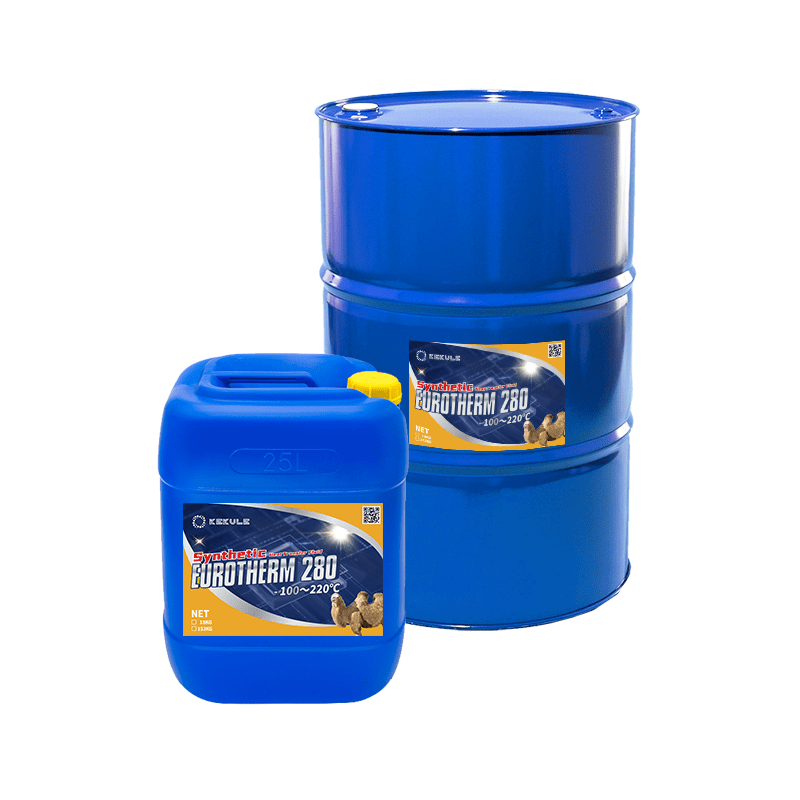The Best Strategy To Use For Chemie
The Best Strategy To Use For Chemie
Blog Article
The Only Guide for Chemie
Table of ContentsEverything about ChemieThe 6-Minute Rule for ChemieThe 10-Minute Rule for ChemieThe Single Strategy To Use For ChemieChemie Things To Know Before You BuyThe Best Guide To Chemie
By Bojanna Shantheyanda, Sreya Dutta, Kevin Coscia and David SchiemerDynalene, Inc. Fluid cooling, which can be accomplished making use of indirect or direct means, is used in electronic devices applications having thermal power densities that may exceed secure dissipation through air cooling. Indirect liquid cooling is where heat dissipating digital elements are physically divided from the liquid coolant, whereas in case of direct air conditioning, the elements are in direct call with the coolant.In indirect cooling applications the electric conductivity can be essential if there are leakages and/or spillage of the liquids onto the electronics. In the indirect cooling applications where water based liquids with corrosion preventions are normally used, the electric conductivity of the liquid coolant mostly depends upon the ion concentration in the liquid stream.
The increase in the ion focus in a closed loophole liquid stream may occur as a result of ion seeping from metals and nonmetal parts that the coolant fluid touches with. During procedure, the electrical conductivity of the liquid may raise to a level which might be dangerous for the cooling system.
Things about Chemie
(https://www.edocr.com/v/e1zmgylv/betteanderson/chemie)They are bead like polymers that can trading ions with ions in a remedy that it touches with. In the here and now job, ion leaching examinations were executed with various metals and polymers in both ultrapure deionized (DI) water, i.e. water which is treated to the highest levels of purity, and low electric conductive ethylene glycol/water mixture, with the determined change in conductivity reported in time.
The examples were permitted to equilibrate at room temperature for two days prior to recording the first electric conductivity. In all tests reported in this research fluid electrical conductivity was measured to a precision of 1% using an Oakton CON 510/CON 6 series meter which was calibrated before each measurement.
The Best Guide To Chemie
from the wall heating coils to the facility of the heater. The PTFE sample containers were placed in the heater when consistent state temperature levels were gotten to. The test configuration was removed from the heater every 168 hours (7 days), cooled to room temperature with the electric conductivity of the liquid gauged.
The electrical conductivity of the liquid sample was kept track of for a total amount of 5000 hours (208 days). Figure 2. Schematic of the indirect shut loophole cooling down experiment set-up - immersion cooling liquid. Table 1. Elements utilized in the indirect closed loophole cooling experiment that are in contact with the liquid coolant. A schematic of the speculative setup is received Figure 2.

The 5-Minute Rule for Chemie
During operation the liquid storage tank temperature level was maintained at 34C. The change in fluid electrical conductivity was kept an eye on for 136 hours. The liquid from the system was accumulated and saved. Closed loop test with ion exchange material was lugged out with the very same cleansing treatments used. The initial electrical conductivity of the 230ml UP-H2O in the system measured 1.84 S/cm.

0.1 g of Dowex material was included in 100g of liquid examples that was absorbed a separate container. The blend was stirred and alter in the electrical conductivity at space temperature level was gauged every hour. The measured adjustment in the electric conductivity of the UP-H2O and EG-LC test liquids consisting of polymer or metal when engaged for 5,000 hours at 80C is shown Number 3.
The Best Guide To Chemie
Number 3. Ion leaching experiment: Calculated change in electric conductivity of water and EG-LC coolants containing either polymer or metal examples when submersed for 5,000 hours at 80C. The outcomes suggest that steels contributed fewer ions into the liquids than plastics in both UP-H2O and EG-LC based coolants. This can be because of a slim metal oxide layer which may serve as a barrier to ion leaching and cationic diffusion.
Fluids having polypropylene and HDPE showed the cheapest electric conductivity changes. This can be because of the brief, stiff, straight chains which are much less likely to add ions than longer branched chains with weaker intermolecular pressures. Silicone likewise performed well in both examination fluids, as polysiloxanes are normally chemically inert due to the high bond power of the silicon-oxygen bond which would stop degradation of the product right into the fluid.
Get This Report on Chemie
It would certainly be expected that PVC would create comparable results to those of PTFE and HDPE based on the similar chemical frameworks of the products, however there may be various other contaminations existing in the PVC, such as plasticizers, that may affect the electric conductivity of the fluid - meg glycol. In addition, chloride teams in PVC can additionally leach into the test fluid and can cause an increase in electrical conductivity
Polyurethane totally broke down into the test fluid by the end of 5000 hour test. Prior to and after photos of steel and polymer examples immersed for 5,000 hours at 80C in the ion leaching experiment.
Calculated adjustment in the electric conductivity of UP-H2O coolant as a function of time with and without material cartridge in the shut indirect air conditioning loop experiment. The measured change in electric conductivity of the UP-H2O for 136 hours with and without ion exchange material in the loop is received Figure 5.
Report this page